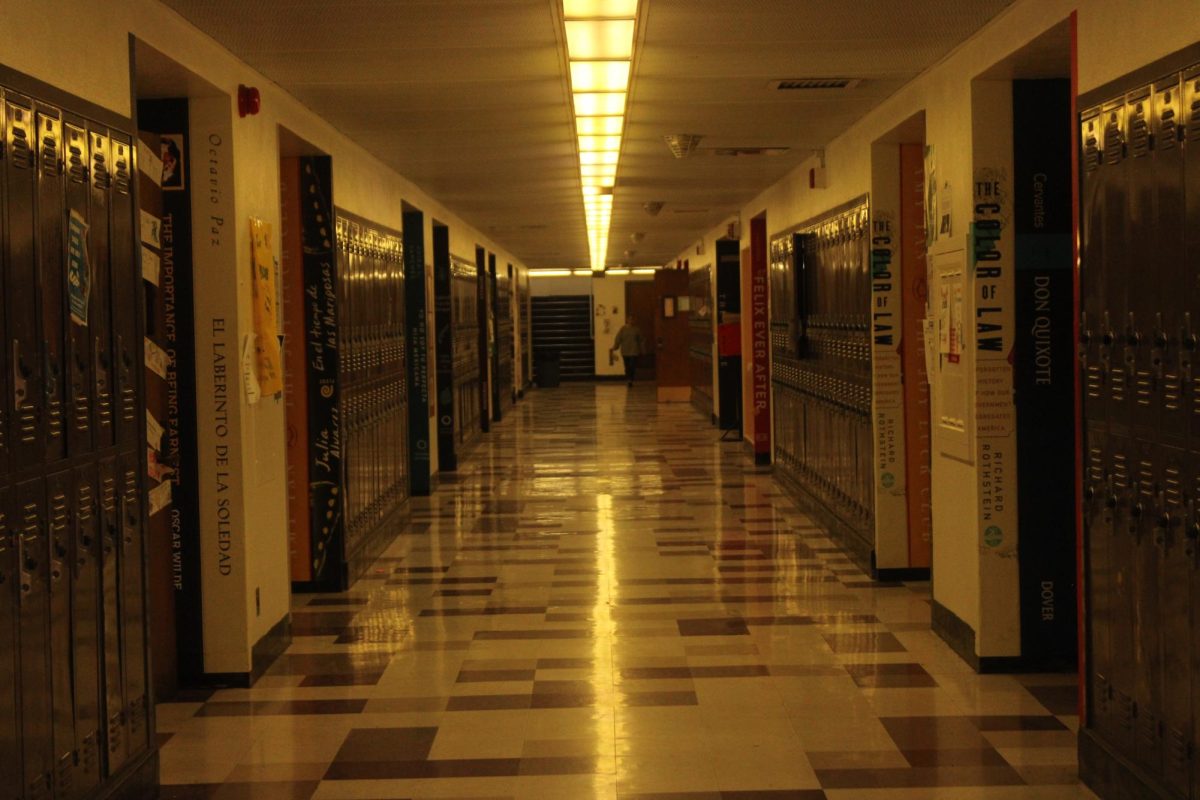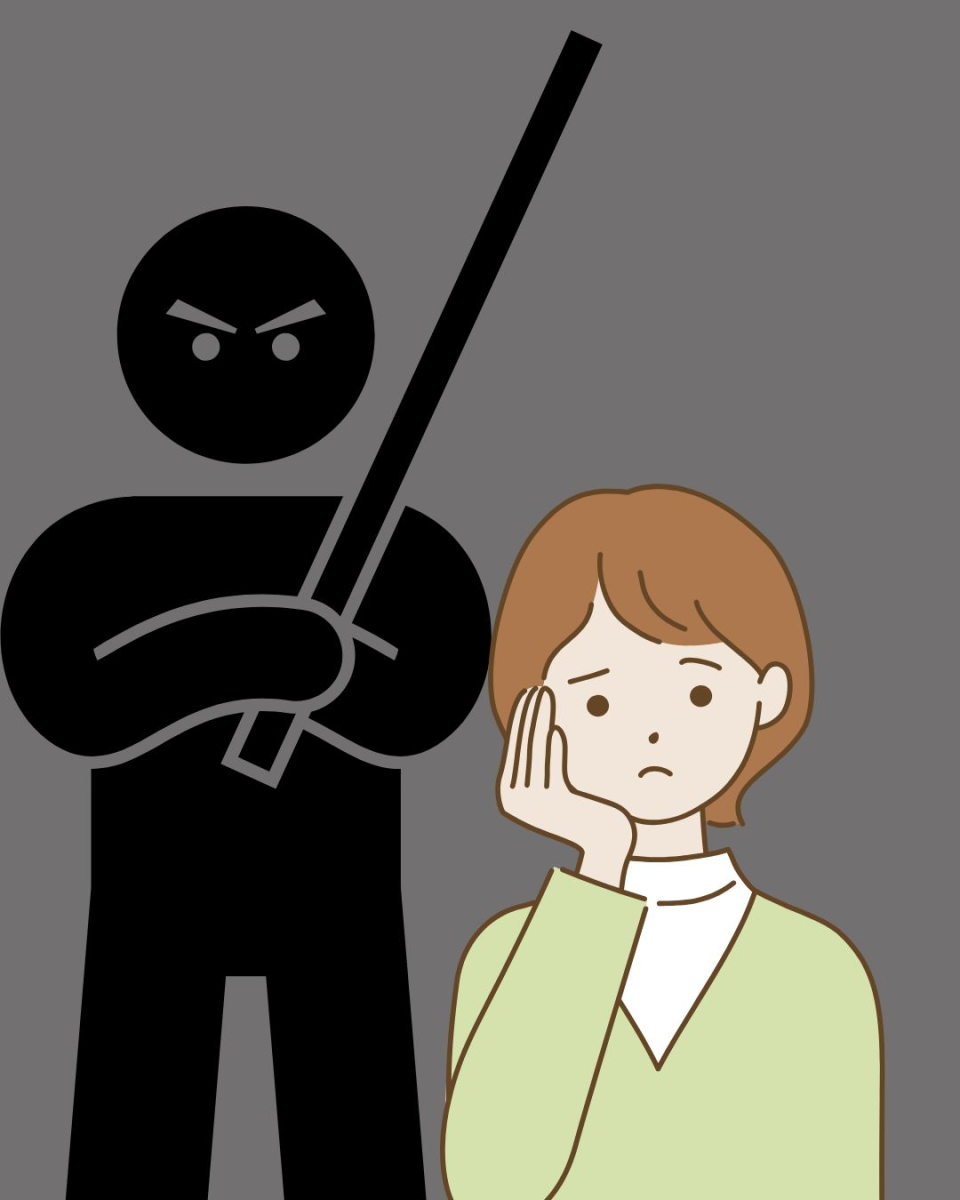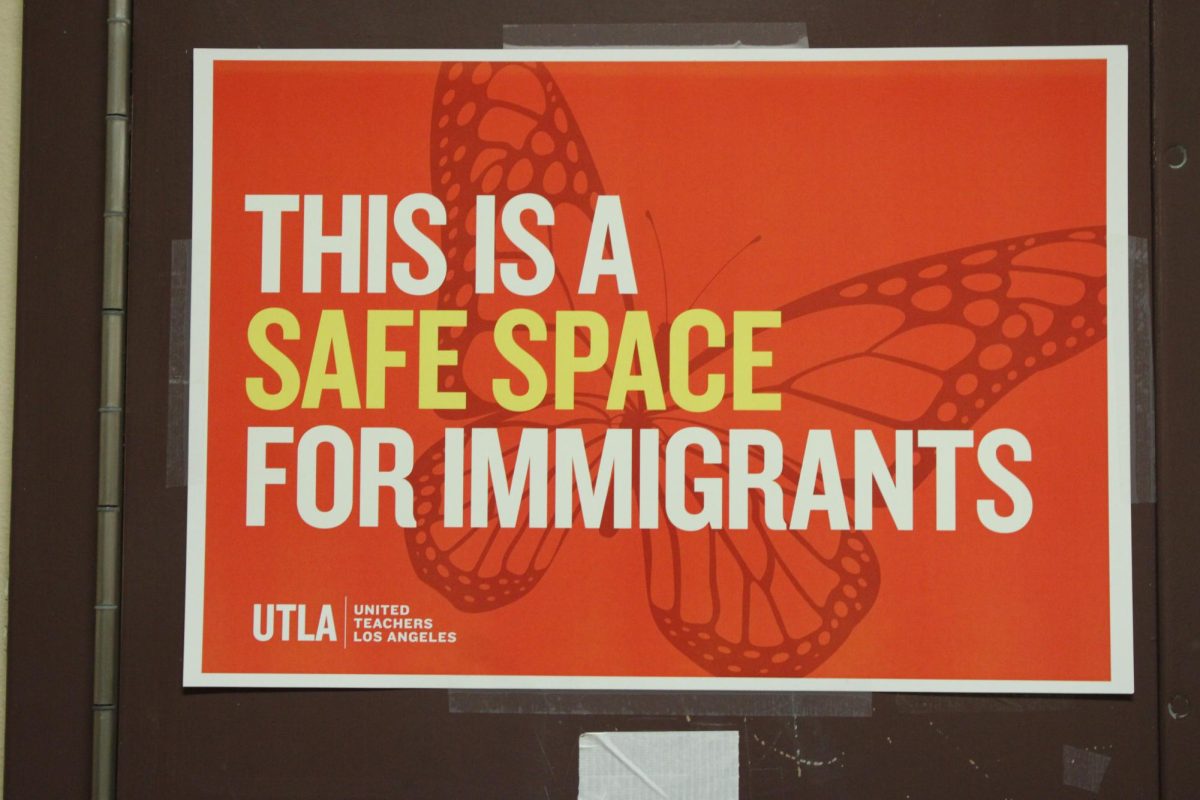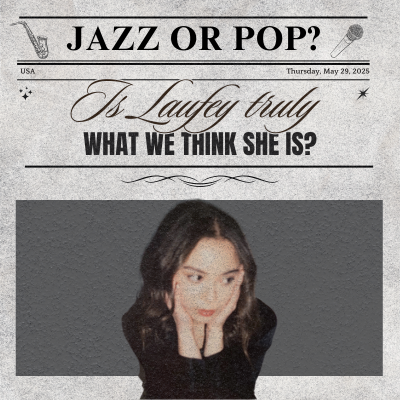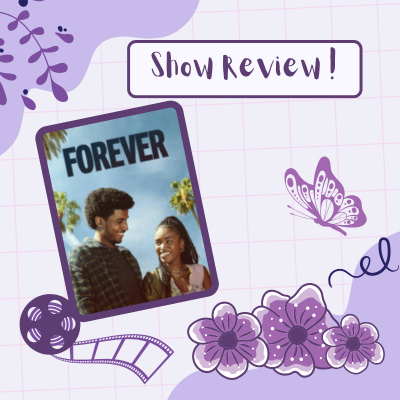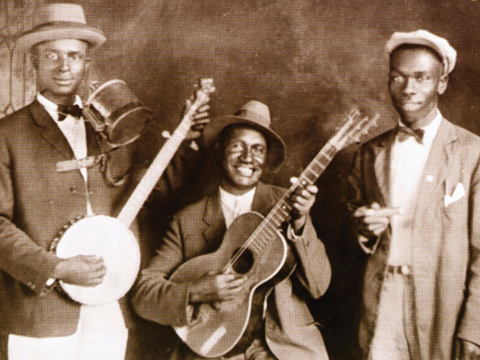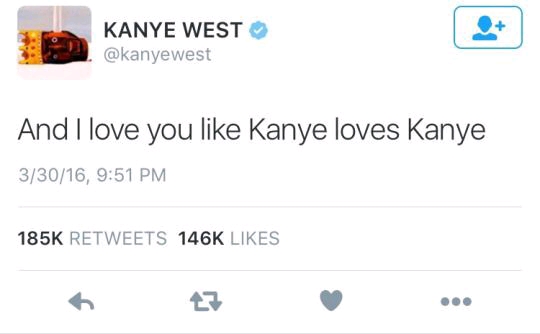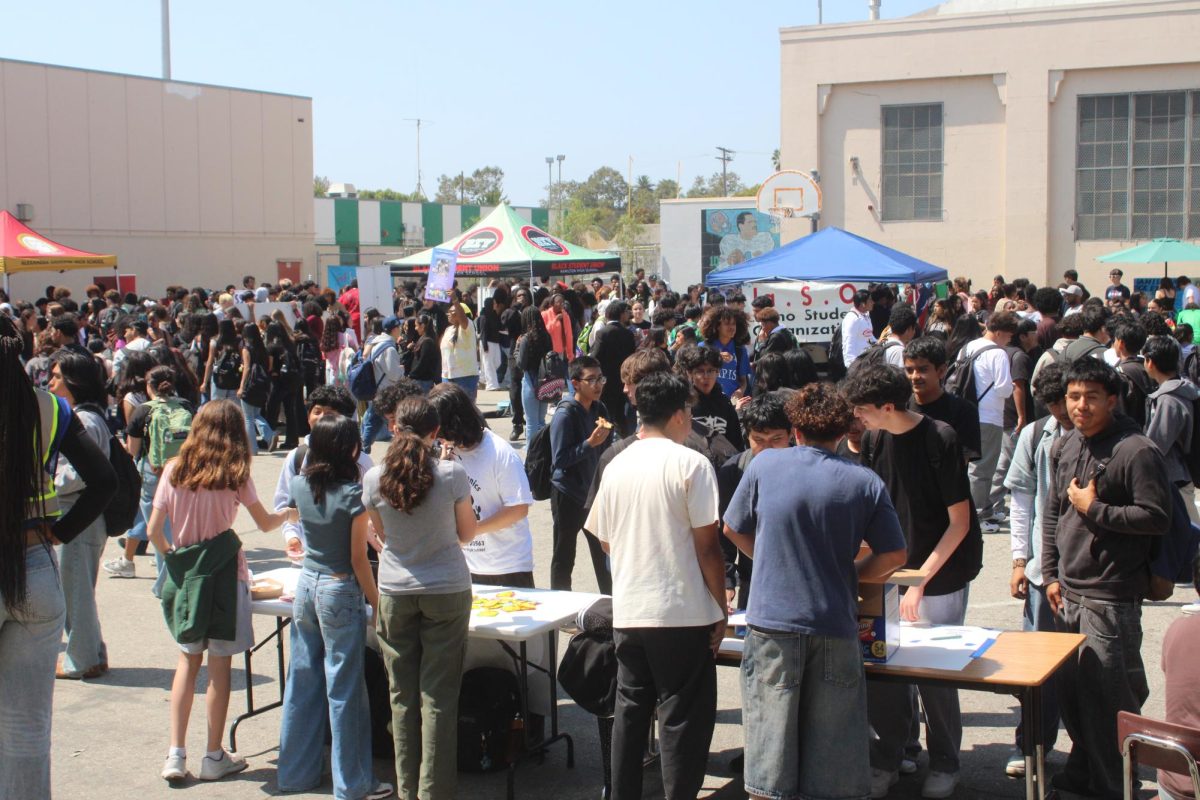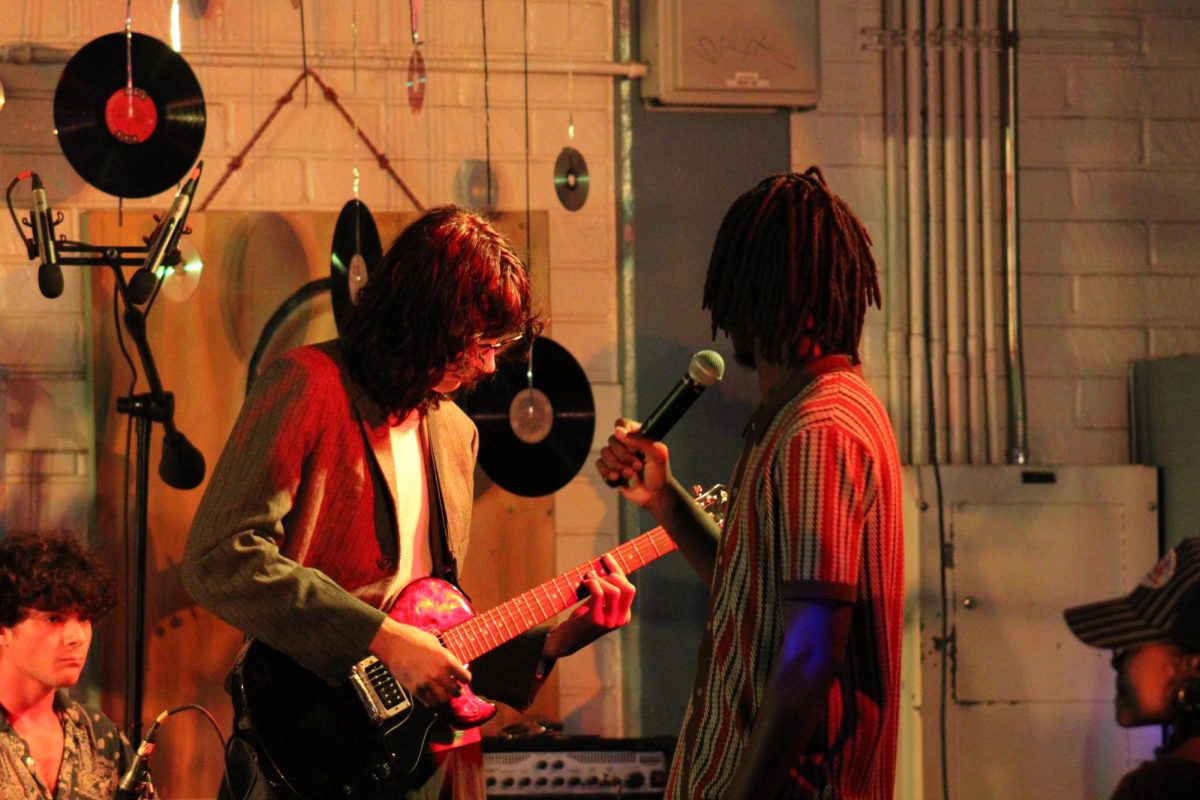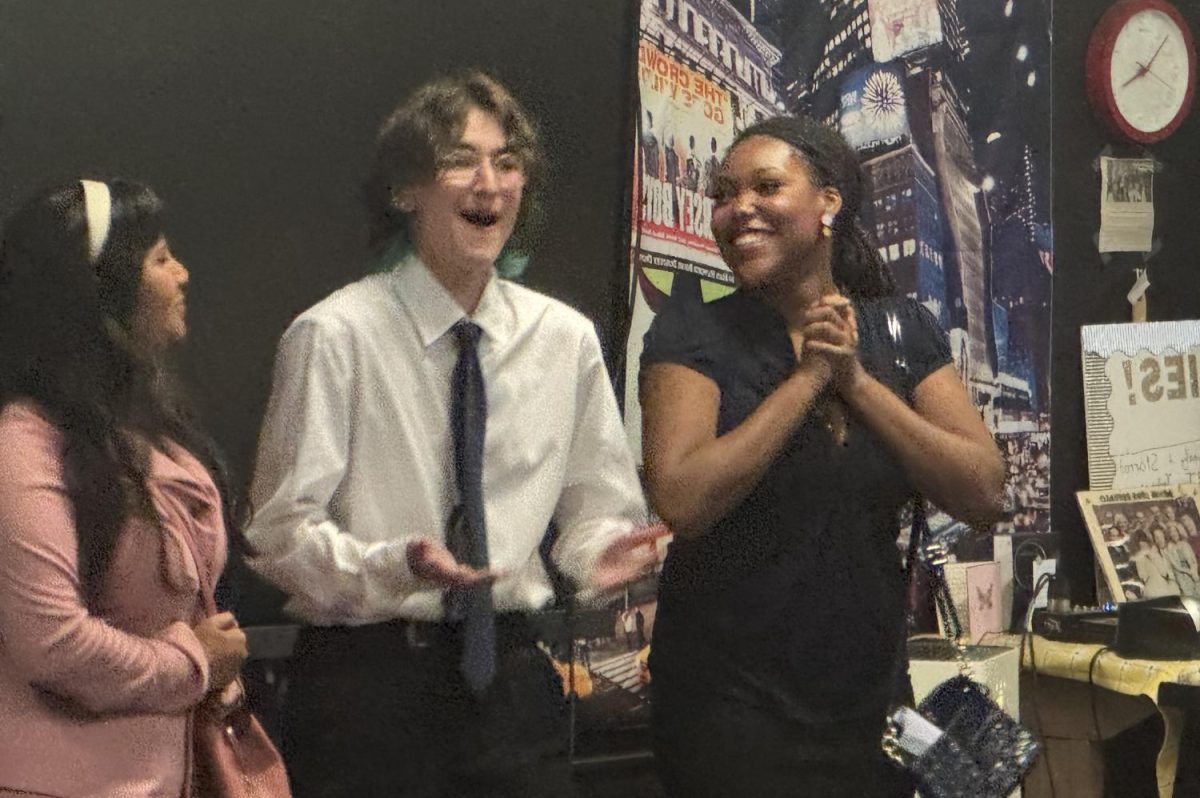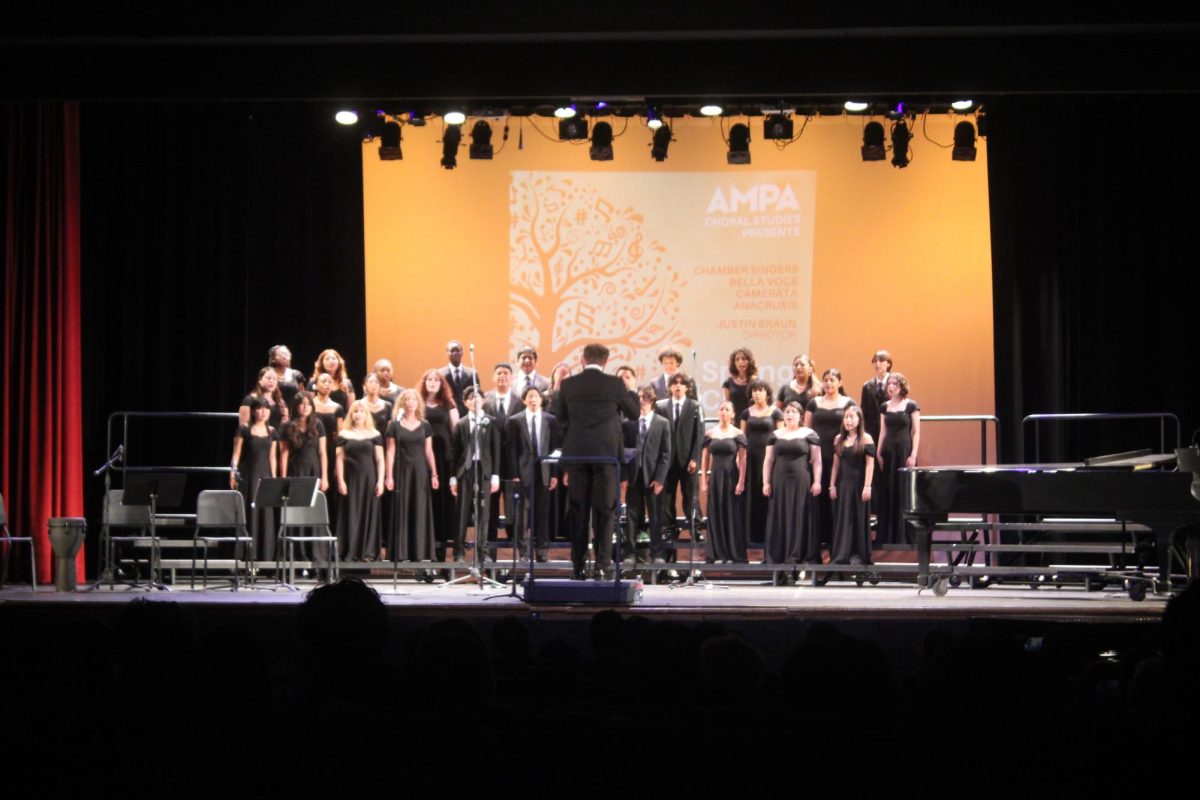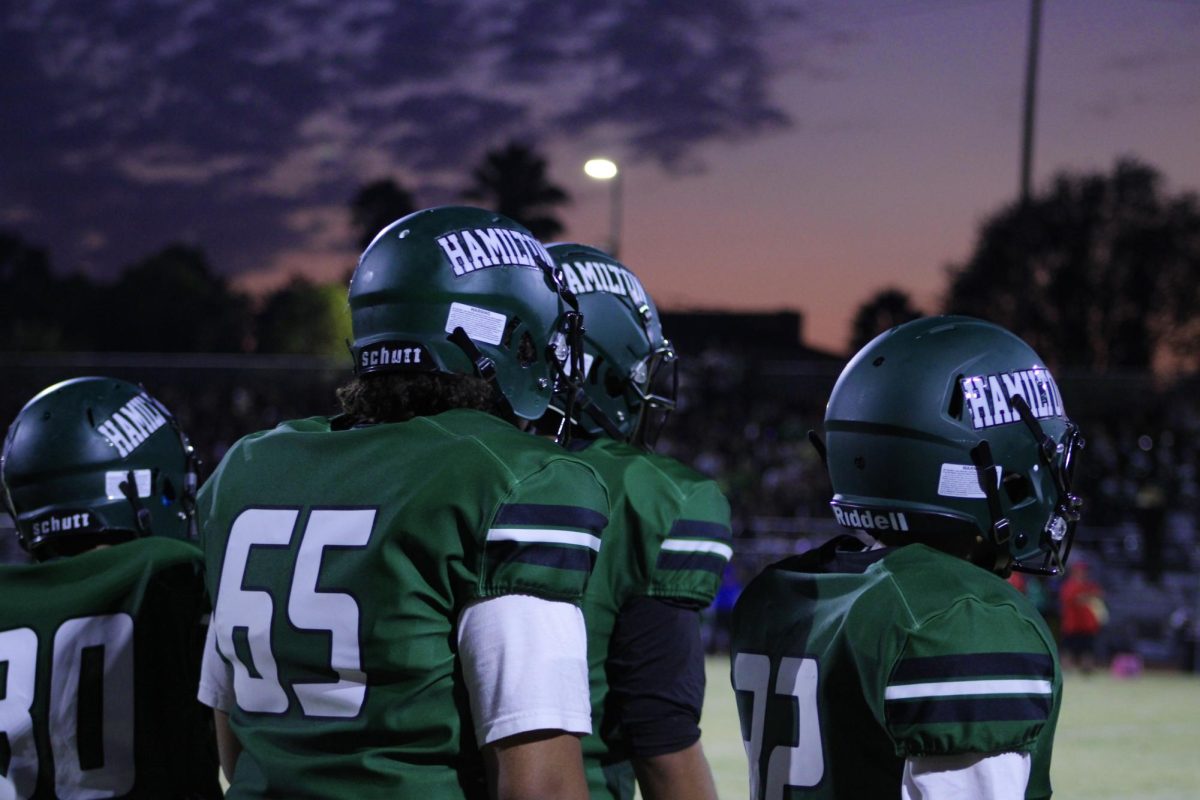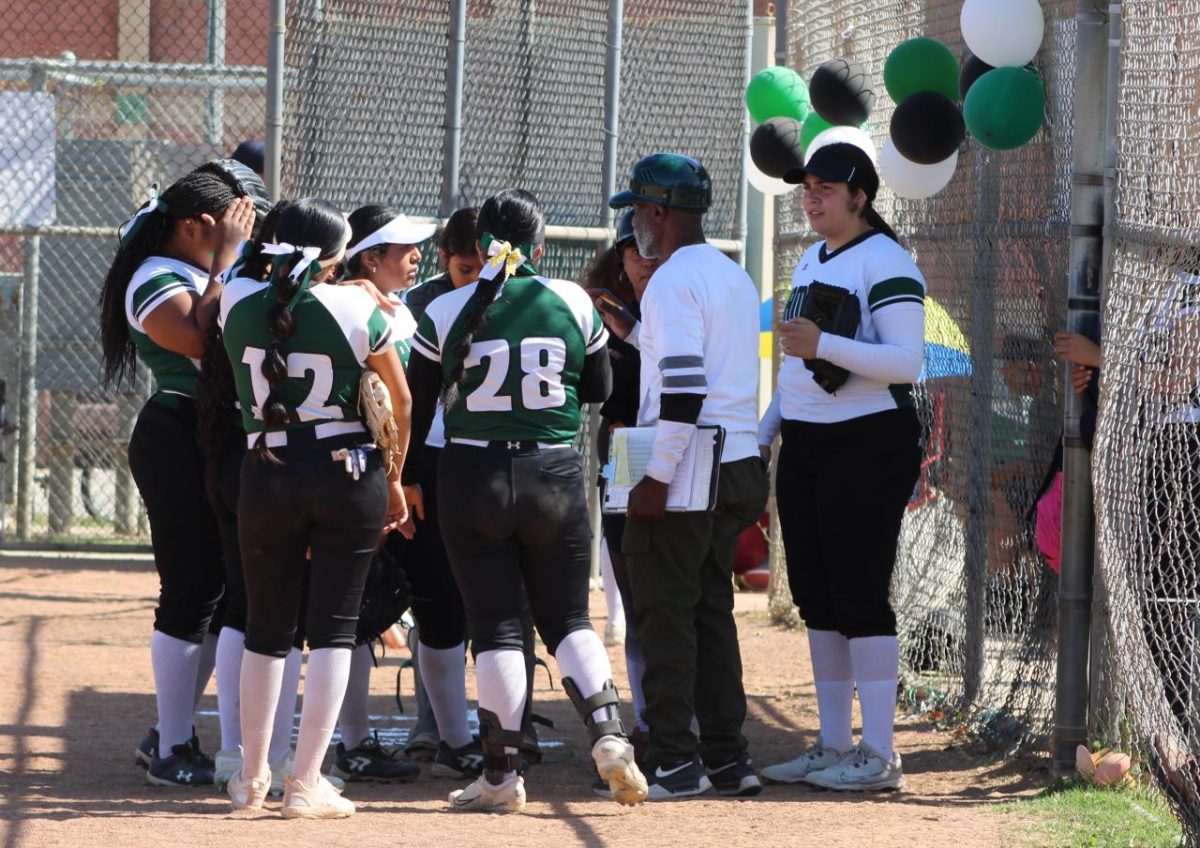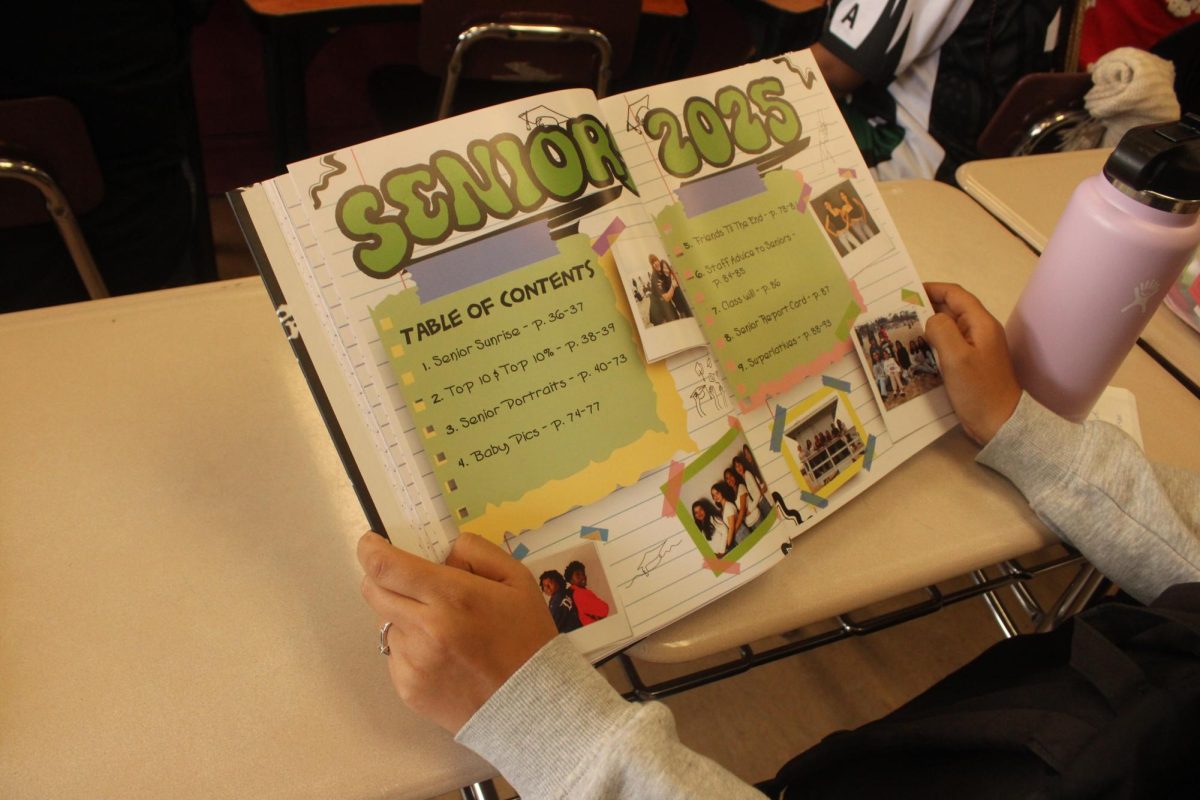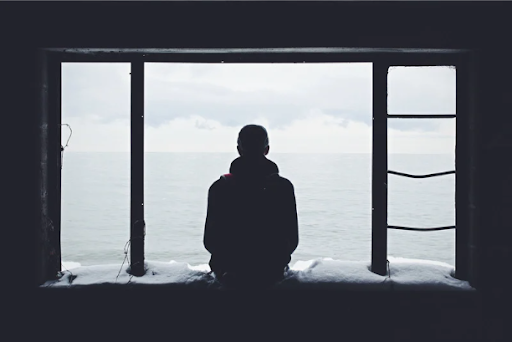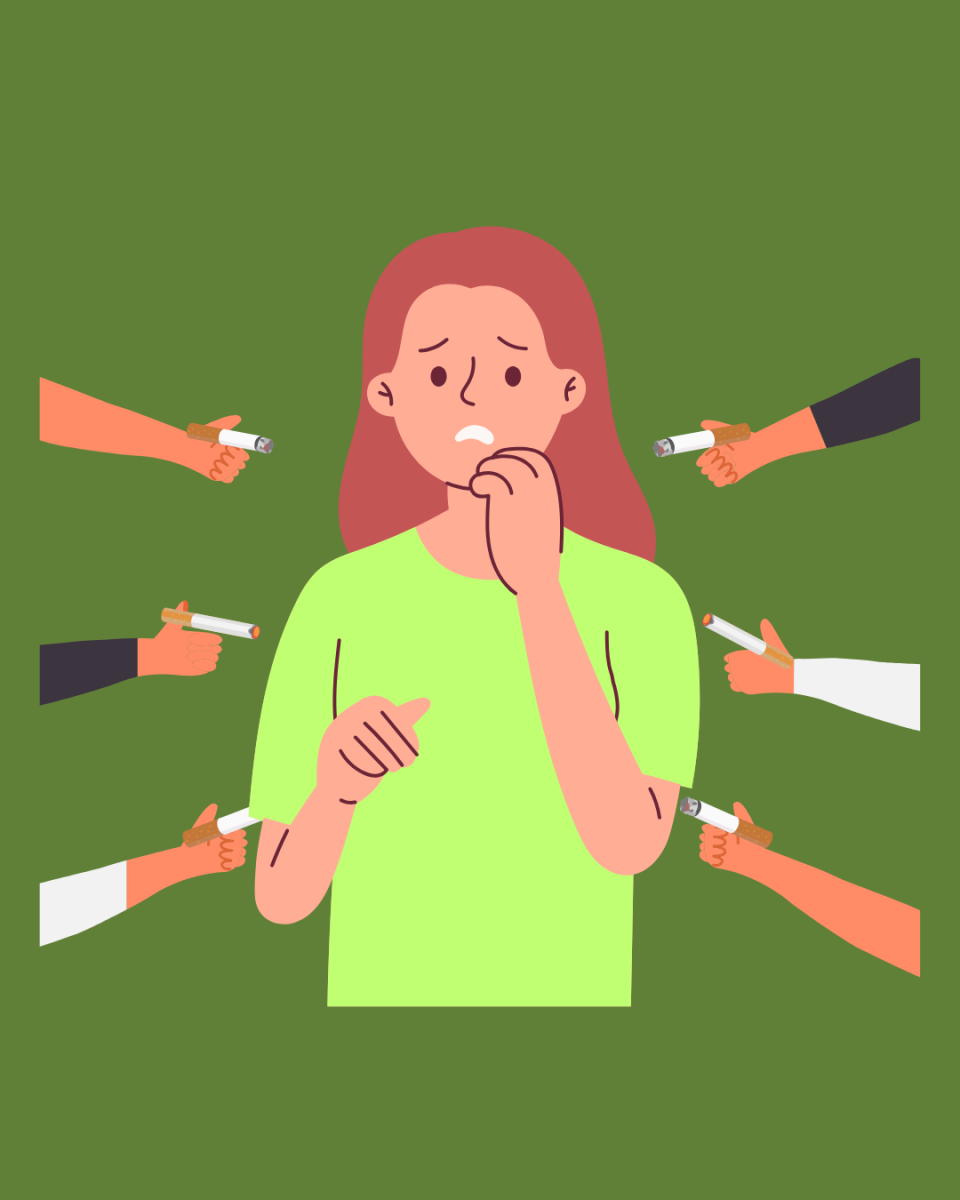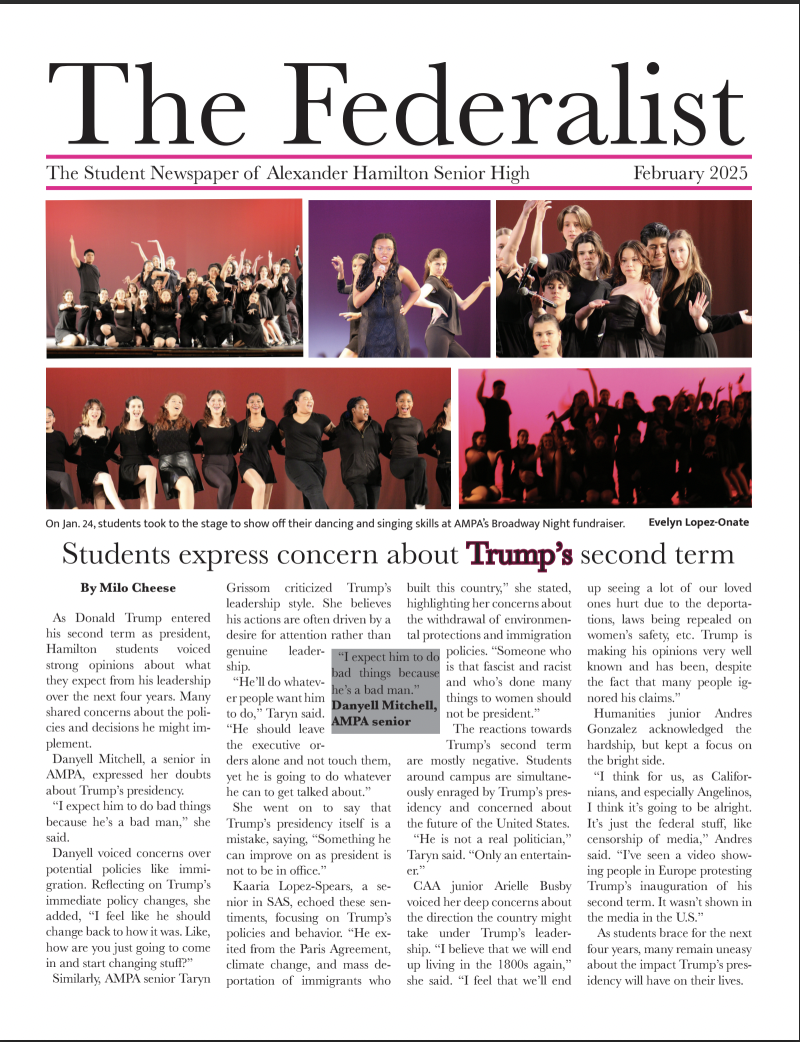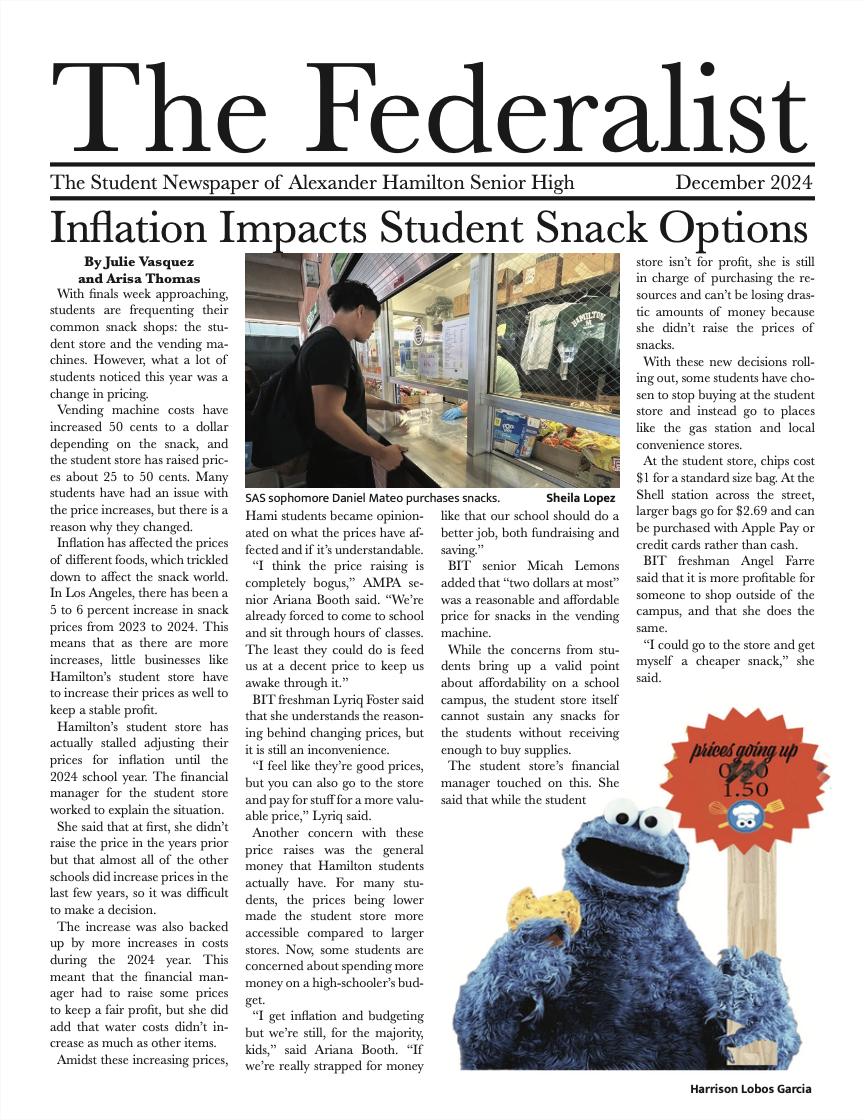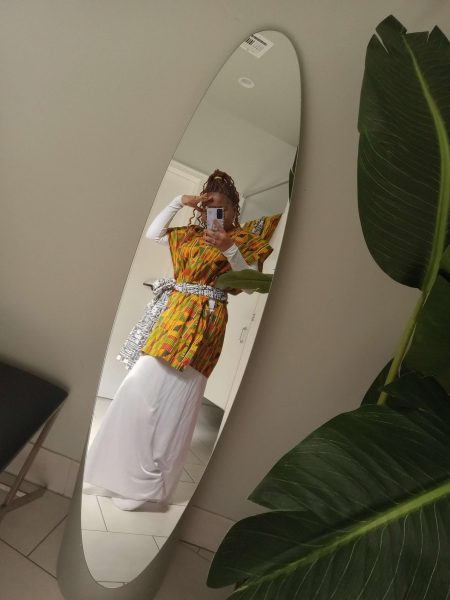“This is the skin of a killer, Bella.”
Twilight (2008)’s Edward Cullen is the pinnacle idea of a vampire. He’s dark, mysterious, and sexy; most vampire depictions in the media, actually, follow this strange formula. When there’s a vampire-like character in the media, they’re seen as outcasts and sympathetic beings who are also somehow extremely hot and alluring.
This portrayal, however, is completely different than what vampires used to be.
As a child, I grew very attached and fixated on the idea of vampirism through books such as Dracula and Carmilla. However, my outlook on vampires wasn’t that they were hot and sexy—I simply liked their teeth. The idea of someone needing to suck blood from someone for “survival” was interesting to me, and even now I find different ways to apply this idea of blood lust into different creative writing pieces I create. I used to tell my friends that if I could be any creature, it would be a vampire.
However, as I am older and more informed now, I wouldn’t ever wish vampirism onto anyone.
Vampires are outcasts from society, evil beings who look for nothing else but to harm humankind. They’re sly, evil, and manipulative; if you’re caught between a vampire and a ledge, then you’d do better jumping off that cliff. They’re everything that makes up malice, so living near one seems like a personal hell, right?
What if I told you that you may actually be living near a vampire right now, or that you may be one yourself?
The word ‘vampire’ was coined as a term about 1000 years ago in Eastern Europe. It was a euphemism used to explain causes of deaths through unknown diseases, murders, and other freak occurrences. Through writing vampires within books and fiction, people would express their inner fears by placing into the lore and character of a vampire: sexuality (anything that does not incorporate heterosexuality), feminism, and homoerotic relationships. Vampires were seen as the “Others” in society, and the lack of knowledge of their practices within these topics made them scary beings. Along with the common myth of vampires sucking blood and spreading their disease onto unsuspecting victims forcefully, then you’ll realize why people were so scared of them in the first place.
What was the solution to stopping these “others” from taking over the human race? By killing them, of course.
There are many ways to steer away and kill a vampire. You can decapitate them, drive a stake through their “heart,” or burn them by bringing them into the sunlight. To steer them away, you can keep garlic around you, keep silver items on you, or brush and attack their skin with sacred items such as crucifixes and holy water.
Unfortunately, these acts of “protection” against vampires as align with execution methods for people who were suspected of being part of homoerotic acts or were homosexual in Europe during the old days. People were decapitated, burned, hanged, and persecuted for not following societal norms and the laws of the Bible.
And yet, we idolize them today as romantic and sensual beings.
What many don’t notice is that when our world progresses, so does the depiction of vampires. Vampires always seem to reflect the inner and untold fears of society; from a deviation in identity to having flaws and weaknesses, vampires encompass these traits right under our noses.
Today’s vampires, in comparison to vampires of old tales, are much more insecure and fearful of their own nature. While we don’t see each other as monsters anymore, we seem to romanticize each other to a substantial standard that is almost impossible to meet. As a collective, we as a society are afraid of each other and ourselves. People don’t enjoy their flaws and problems, and that leads to an irrational fear of each other’s capabilities.
As our society shifts, so do our fears—and in response, so do the depiction of vampires. They no longer are seen as malicious creatures of the night, but as fantastical symbols of insecurity, identity, and the romanticized standards that we place on ourselves and each other.
Vampires are more than bloody renditions of our fears or sensual and attractive icons of the night—they’ve become more human than ever.

